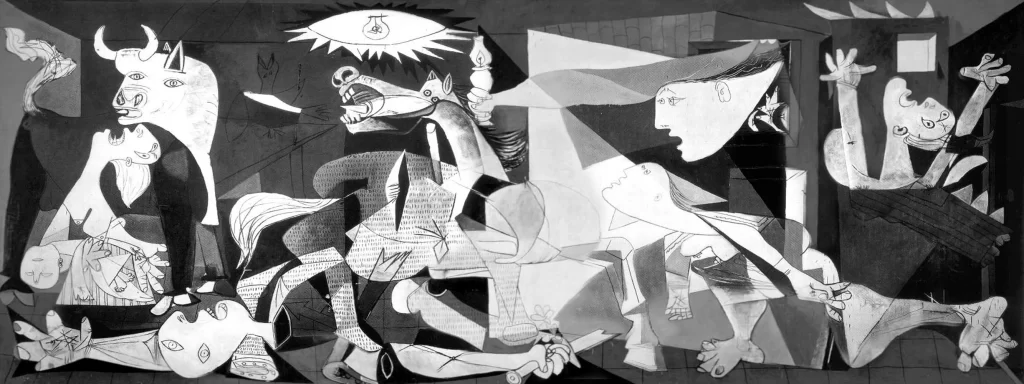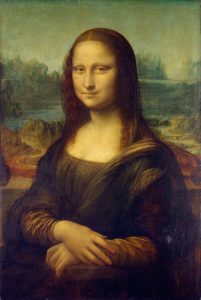In this blogpost, we take a deeper look at the ten video lessons at the heart of the audiovisual and film literacy training course we are preparing for teachers in September. While enjoying your summer holidays, we invite you to read the story of the CrAL (Creative Audiovisual Labs) course told by its author and instructor – Annio Giocchino Stasi – director, educator, and creative writing expert. The course is based on the creative training experimentation of thought and language developed at the Italian Central Institute for Sound and Audiovisual Heritage (MIBACT) through the application of an innovative teaching methodology conceived by A. G. Stasi and Mery Tortolini and promoted by Tullio De Mauro at the University “La Sapienza” in Rome.
Working with images is discovering the movement in time of thought by images, a movement that unites us with other human beings who, throughout history, have tried to make us see a bit of truth.
When I started working on the video lessons, I didn’t think that what is happening today (and involves all of us) could actually happen: the war at our doorstep. This dramatic fact makes it even more urgent to understand and reaffirm values that seemed to have been acquired and that unfortunately are not.
In the ninth video lesson, I inserted the monologue of the “Great Dictator” (1940) by Charlie Chaplin, and then I discovered that it was an intuition. Not only because after a few months there was the tragic invasion of Ukraine by Russia, but because the search for truth in the relationship between images and words is sometimes realized precisely in the most dramatic moments of history.
The Tramp, who in “The Kid” (1921) defends the child, in “City Lights” (1931) helps the blind flower girl to regain her sight, is a silent character even if the sound cinema had already begun in 1927. The Tramp defends the image of the child and the woman, and this moves us deeply.
But it is in the confrontation with Hitler in 1940 that Chaplin will “give” words to the Tramp with “The Great dictator” to tell his truth to the crowd and the woman he loves. It is a utopia of freedom, justice, and peace that Chaplin paid for by exile in Switzerland after being expelled from the USA in 1952. It is the utopia that led us to live 80 years of peace in Europe. Now all this is in danger. This is an illustration of the history of the search for representative language that discovers and tells truths even when all seems to be lost.
Too often words and images are used to confuse, convince, sell, entertain. But we must remember that there are images that are there to help us discover, see, denounce, defend: images help us to resist. Guernica, The Scream, The Fourth Estate, Mona Lisa, and many other images of men and women like us, were created to denounce, show, speak without words. The language of images is a different language. The language of images can imagine a more human reality even when history and the events of reality seem to tell us otherwise.



But what does this have to do with our training in media literacy and critical thinking?
Every day teachers have in front of them the silent faces of young girls and boys: they ask us to give meaning to their education; their questions are our questions.
Each of us carries within us the image of the beginning: we must defend it, make it develop. We need human and intellectual honesty because images in their movement affirm this. They are images that come from the time of silence, they are images that come from our first year of life without words, they are images that began to form when we were born. They are the images of the child, the woman and those who have never had the right to speak. The truest words will come later and will have a sound that makes us shiver.
As educators, we have a task that has been assigned to us, and perhaps I am naïve, but I try to stimulate in my students the essential bond between thought and image that finds beauty in other human beings, even when the history and events of reality seem to tell us otherwise. My goal was to create an audiovisual literacy course that was not a marketing training, but this undoubtedly requires courage: we will find out together.

Annio Gioacchino Stasi

